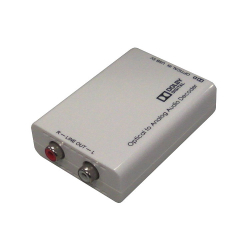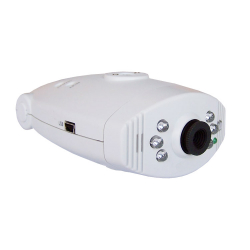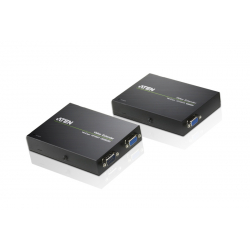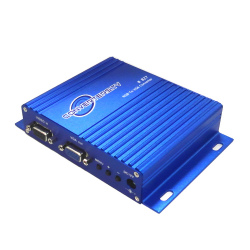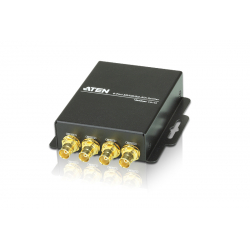A B C D E F G H I J K L M N O P Q R S T U V W X Y Z _
| YPbPr | YPbPr component video is the analog counterpart of digital component video, which is YCbCr. Whereas YPbPr uses three cables between video equipment, YCbCr uses a single cable. The three cables used in YPbPr connection represent higher quality than the single-wire composite cable commonly used to hook up video equipment, because the brightness and colour components of the signal are maintained separately. |
| Pixels | In digital imaging, a pixel (or picture element) is a single point in a raster image. The pixel is the smallest addressable screen element, it is the smallest unit of picture which can be controlled. Each pixel has its own address. The address of a pixel corresponds to its coordinates. Pixels are normally arranged in a 2-dimensional grid, and are often represented using dots or squares. Each pixel is a sample of an original image, where more samples typically provide more-accurate representations of the original. The intensity of each pixel is variable. In color image systems, a color is typically represented by three or four component intensities such as RGB (red, green, and blue), or CMYK (cyan, magenta, yellow, and black). |
| Analog | An Analog or analogue signal is any continuous signal for which the time varying feature (variable) of the signal is a representation of some other time varying quantity, i.e., analogous to another time varying signal. It differs from a digital signal in terms of small fluctuations in the signal which are meaningful. Analog is usually thought of in an electrical context; however, mechanical, pneumatic, hydraulic, and other systems may also convey analog signals. |
| 4:3 | The 4:3 ratio (generally named as "Four-Three", "Four-by-Three", "Four-to-Three", or "Academy Ratio") for standard television has been in use since television's origins and many computer monitors use the same aspect ratio. 4:3 is the aspect ratio defined by the Academy of Motion Picture Arts and Sciences as a standard after the advent of optical sound-on-film. By having TV match this aspect ratio, films previously photographed on film could be satisfactorily viewed on TV in the early days of the medium (i.e. the 1940s and the 1950s). When cinema attendance dropped, Hollywood created widescreen aspect ratios (such as the 1.85:1 ratio mentioned earlier) in order to differentiate the film industry from TV. |
| Aliasing | In signal processing and related disciplines, aliasing refers to an effect that causes different signals to become indistinguishable (or aliases of one another) when sampled. It also refers to the distortion or artifact that results when the signal reconstructed from samples is different than the original continuous signal. |
| HDV | HDV is a format for recording of high-definition video on DV cassette tape. The format was originally developed by JVC and supported by Sony, Canon and Sharp. The four companies formed the HDV consortium in September 2003. Conceived as an affordable high definition format for digital camcorders, HDV quickly caught on with many amateur and professional videographers due to its low cost, portability and image quality acceptable for many professional productions. Two major versions of HDV are HDV 720p and HDV 1080i. The former is used by JVC and is informally known as HDV1. The latter is preferred by Sony and Canon and is sometimes referred to as HDV2. The HDV 1080i defines optional progressive recording modes, and in recent publications is sometimes called HDV 1080 or 1080-line HDV as progressive 1080-line recording becomes commonplace. HDV is related to XDCAM family of recording formats, which uses the same encoding scheme. 1080-line HDV is equivalent to 25 Mbit/s recording mode of XDCAM. |
| Frequency | Frequency is the number of occurrences of a repeating event per unit time. It is also referred to as temporal frequency. The period is the duration of one cycle in a repeating event, so the period is the reciprocal of the frequency. |
| Data | In computer science, data is anything in a form suitable for use with a computer. Data is often distinguished from programs. A program is a set of instructions that detail a task for the computer to perform. In this sense, data is thus everything that is not program code. |
| RF | Radio frequency (RF) radiation is a subset of electromagnetic radiation with a wavelength of 100 km to 1 mm, which is a frequency of 3 kHz to 300 GHz, respectively. This range of electromagnetic radiation constitutes the radio spectrum and corresponds to the frequency of alternating current electrical signals used to produce and detect radio waves. RF can refer to electromagnetic oscillations in either electrical circuits or radiation through air and space. Like other subsets of electromagnetic radiation, RF travels at the speed of light. |

